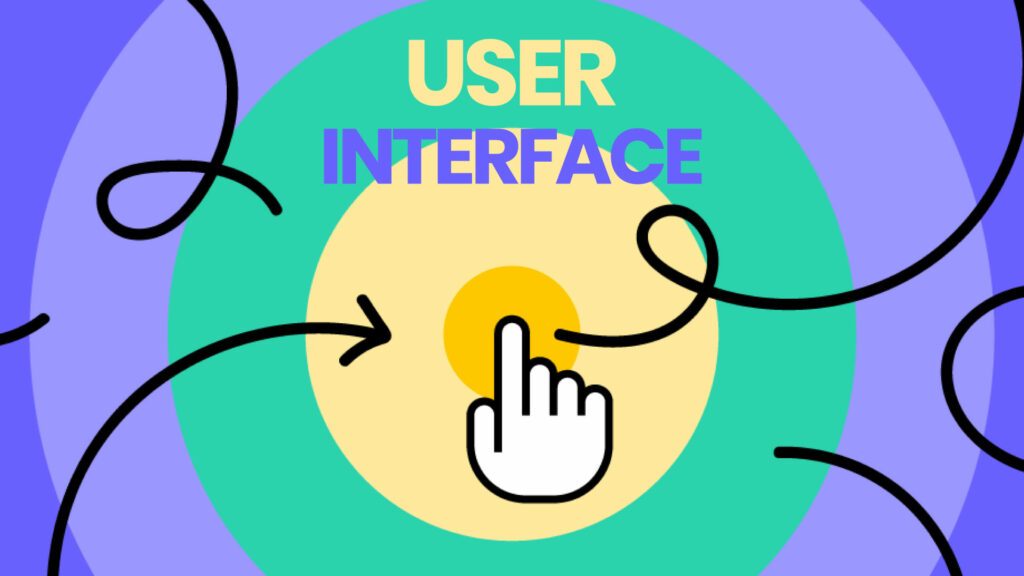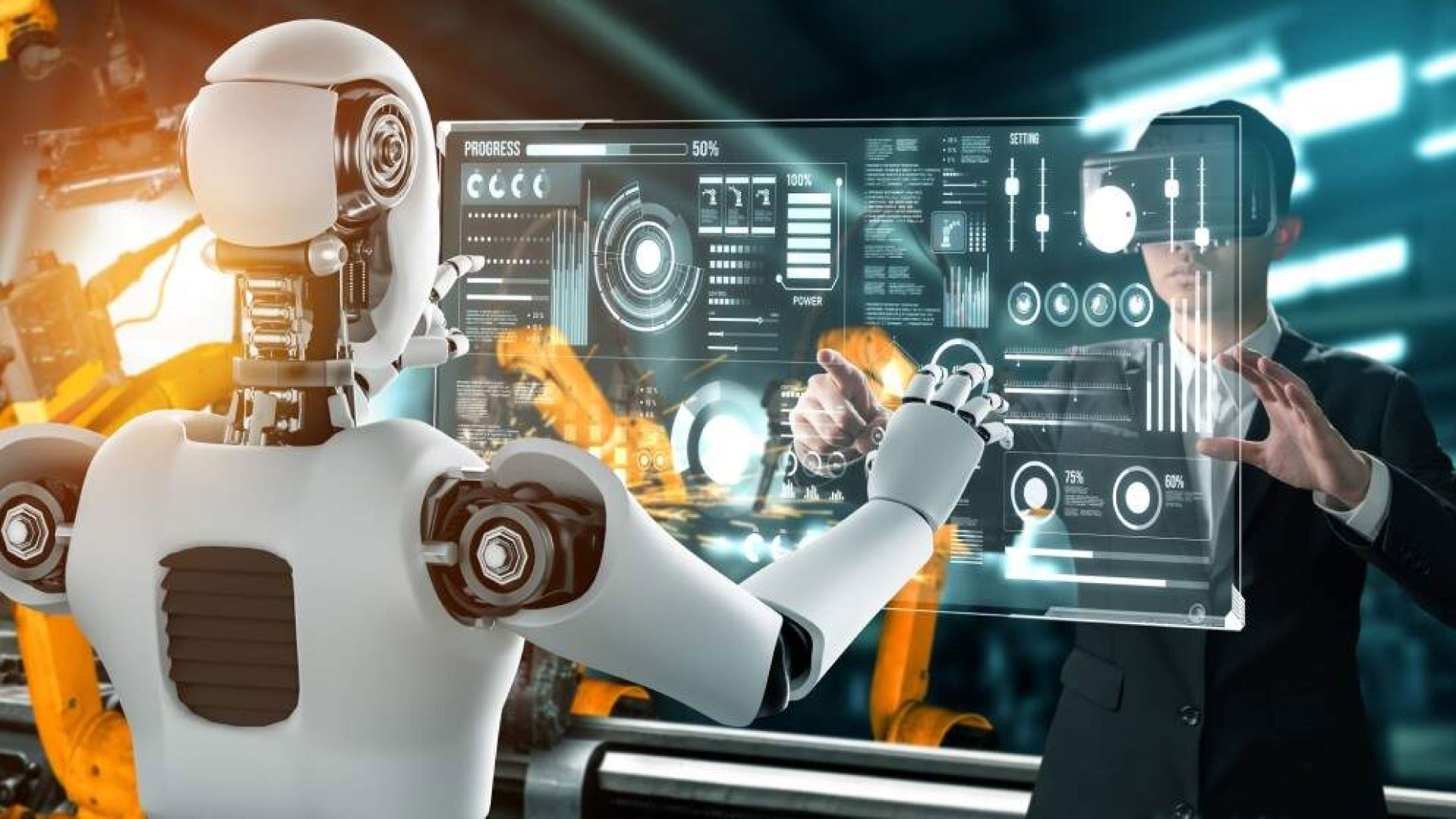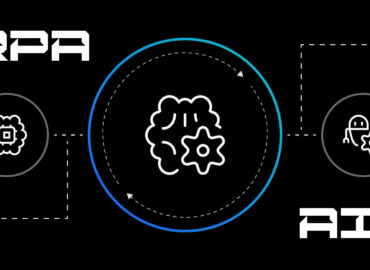Human-computer Interaction: Designing Intuitive User Interface
Introduction
Human-computer interaction (HCI) is a discipline in which interaction between humans and computers is studied. The purpose is to design interactive interfaces that pertain to users’ needs. It has a multidisciplinary approach to better understand the interaction with machines. Some of the other fields include computer science, behavioural science, ergonomics, psychology, and design principles. John M. Carroll founded HCI and described what aspects should be considered for an ideal user experience. The aim is to enhance the quality of the intuitive user experience, including computing designs, user interfaces, and user designs.HCI originated in the 1980s when desktop computers were becoming a common household addition. At first, there was a general use of HCI, such as video games and word processing. The internet boom brought an evolution in technology and also evolved human-machine interaction. The focus was on interface design, implementation, and evaluation for a better experience.
Below is a detailed overview of what human-computer interaction is, why it is important, and how this field of study has evolved user interfaces.
Composition of HCI
HCI is a part of many technological industries and it works as a business driving force to improve daily tasks. The goal is to achieve user satisfaction with effective designs and patterns that are accessible to everyone. For this, HCI has several components, which together make the system functional.
1. User
The user is a central component of HCI. Keeping in mind the individual’s needs and ease, comprehensive abilities are analyzed to make the experience effortless.
2. Target Orientation
Computers are designed to accomplish a variety of tasks. A user has some goals and his interaction with the interface must be smooth. For this, time, skills, and the complexity of the task should be considered as well.
3. Interface
The main component that connects a computer to a human is the interface. Certain interactional aspects, such as screen display, resolution., navigation, etc., must be considered. Overall, the design must be optimized to make the user experience easy and simple.
4. Subject
Besides the human-computer interaction, the context in which the communication will take place must also be considered. Technology has emerged to new levels and various types of computers are available. For an ideal experience, the interface must cater to all the latest gadgets and avoid any disruption. An interface must run at the same speed on a laptop screen as well as a mobile screen without any system lag.

User Interface (UI)
A point of communication resulting from human-computer interaction is called a user interface. It includes interaction via hardware devices such as mouse, keyboards, and display screens through which websites and applications are accessed. The main reason to give importance to the user interface is because of rising technology. With more and more diversity in web applications, user interfaces are made adaptable for each device. There are many types of user interfaces, including graphic, command line, touch user, form-based, voice user interface, etc.
The user interface evolved from punched cards used in early computers, giving only limited access to operators. However, the command line interface was introduced, which gave navigational choices to users to exchange information. It was adopted by Apple and then companies like Microsoft began to use this system.
Intuitive UI
The quality of the UI being intuitive seems vague and incomprehensible. It is because most designers and IT experts fail to understand what makes an ideal UI experience intuitive. Everett McKay, in his book, Intuitive Design, describes the approaches by which a designer can achieve perfection in user interfaces. There are certain ways to achieve this intuitiveness, as analyzed below:
1. Discovery
What attracts a client while visiting your website are the discoverable features. It should be crowded, which would create confusion. Rather, every access button must be organized so it seems to be a click away from the reach of the user. The passing benchmark would be one where even a rookie can use it easily.
2. Effectiveness
An effective UI creates a clear display that has distinct features. There is no overflow of unnecessary popups and additional screenings. Applications like Google are an excellent example. The search bar will present several intuitive choices to suit the user. It gives several options for a novice user to better understand their needs.
3. Responsiveness
One of the main reasons a user interface might fail is a lack of responsiveness. In a fast-paced world, individuals want to meet their demands as soon as possible. Hence, if they are kept waiting or the website crashes, then the success ratio will drop.
4. Navigation
While interacting with a website, a user must be able to explore it well. A website must provide the freedom to look into various features and accessories. The process must be without any difficulty to enhance the user experience. Otherwise, frustration will cause the user to look for alternatives.
Conclusion
Human-Computer Interaction is a complete academic discipline that focuses on how a living being can interact well with a machine. The user interface is one of the many ways to achieve this goal. It is a necessity in the modern world to learn about machines and have a better experience of living. Many people are choosing machine learning and UI and UX design as their career paths to innovate the paradigms of HCI. Just as technology continues to advance, UI will also adapt according to emerging trends.







